What is an implantable loop recorder?
Patients who experiencing fainting spells or palpitations could be experiencing heart rhythm problems, also called arrhythmia. Heart rhythm impacts how the heart pumps blood. If the heart is unable to pump enough blood to the brain, it can cause fainting.
After researching potential causes of arrhythmia, the Lakewood ASC cardiologist may use an implantable loop recorder to help identify the cause of the heart rhythm problem.
How does the implantable loop recorder work?
The implantable loop recorder is a small device that your cardiologist implants under the skin, on your chest wall, next to the heart. The device works like an electrocardiogram (ECG), and continuously picks up the electrical signal from your heart.
The electrical signal tells your heart to contract and thus pump blood through the body in a coordinated way. If the signal is disrupted, the heart may not pump blood properly.
The implantable loop recorder can record heart rhythm for up to three years and has a memory system to store recordings. If a patient faints, the machine records the heart rhythm before, during and after the fainting episode. The Lakewood ASC specialist can then look at the recordings to figure out the cause.
Who needs an implantable loop recorder?
Only certain types of fainting are caused by abnormal heart rhythms. The cardiologist will look at other causes first before determining the need for the implantable loop recorder. Because it records for up to three years, it should be able to provide the cardiologist with data to analyze even if fainting spells aren’t extremely frequent.
After analyzing the recorded data, the Lakewood ASC cardiologist may determine a pacemaker or implantable cardioverter-defibrillator (ICD) is needed.
What to expect from the procedure?
The Lakewood ASC medical team, serving The Villages, Leesburg, Wildwood and areas throughout Lake County, Sumter County and Marion County, will schedule an appointment to come into the office for the procedure.
Upon arrival at the appointment, patients receive a local anesthetic to numb the skin on the chest where a small incision will be made. The cardiologist will create a small pocket under the skin and then insert the loop recorder, which is about the size of a flat AA battery, into the space.
The incision will then be closed with sutures and a bandage put on the area. Most patients will go home the day of the procedure and can resume normal activity.
The loop recorder is removed by the cardiologist after the cause of the abnormal heart rhythm has been determined.

